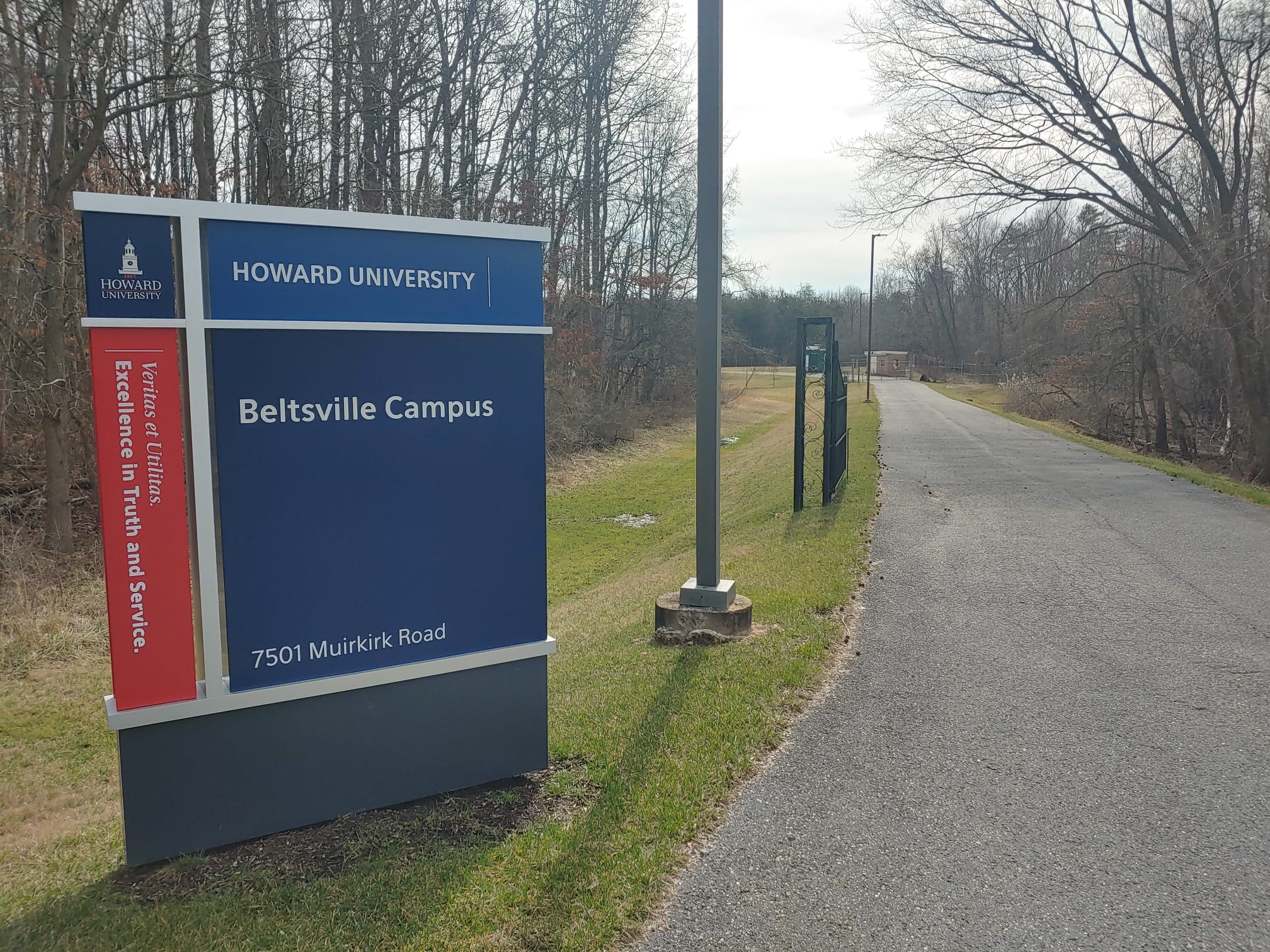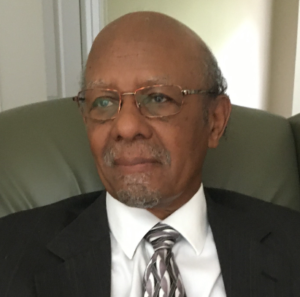
History
Howard University Beltsville Campus

Before it was the Howard University Beltsville Campus, the property was originally part of a civil defense system for the greater metropolitical DC area in the post-World War II area. It was later operated by the United States Geological Survey (USGS) and then conveyed to the United States Department of Agriculture (USDA). The property was transferred to Howard University through the Public Benefit Conveyance. Originally, the property was about 250 acres and about 108 acres was conveyed to Howard University and the remaining to the University of the District of Columbia.
The principal units at Howard University that were originally involved with the property were the Medical College and The Department of Physics and Astronomy. The Biology Department (Botany) also used the property for field trips and research observations in the 1980s and 1990s. The medical school established the Animal Research Building (on the northside of the property) to provide space for its animal research program. They were housed in the building that currently houses the atmospheric science research facilities. The Animal Research Building was decommissioned in the late 1980s and remained unused until it was renovated to support the synchrotron radiation beamline support facility in the 1990s.
A part of the arrangement to acquire the property included the donation of a 30” Cassegrain reflector telescope and its observatory to the Department of Physics and Astronomy from NASA. This instrument came from MIT and was used to support astronomy research and teaching activities in the department. The receipt of this NASA equipment was a principal part of the justification for the conveyance of the property. The department constructed a Coude’ laboratory that housed instrumentation at the telescope’s focal point.
In the late 1990s, Dr. Venable and Dr. Thorpe began an initiative with the support of NASA’s funded Center for the Study of Terrestrial and Extraterrestrial Atmospheres to convert the then abandoned 30” telescope into a research grade Lidar system for measurement of atmospheric ozone. This system utilized a KrF laser housed in the Coude’ laboratory for excitation of atmospheric ozone. The laser beam was directed to a beam steering mechanism for projection into the atmosphere. The scattered Raman and Raleigh radiation were collected by the 30” telescope and directed to a photomultiplier tube-based detector system.
That project led to the establishment of the Howard University Atmospheric Observatory and subsequently to the Howard University Raman Lidar (HURL) for measurement spatial and temporal distributions of atmospheric water vapor. And in the early 2000s, atmospheric science research activities began to flourish under the leadership of Dr. Joseph and Dr. Morris with support from NOAA, NASA, and the broader atmospheric science community.

